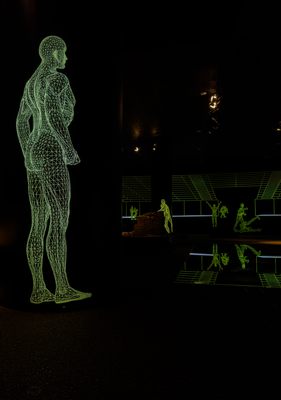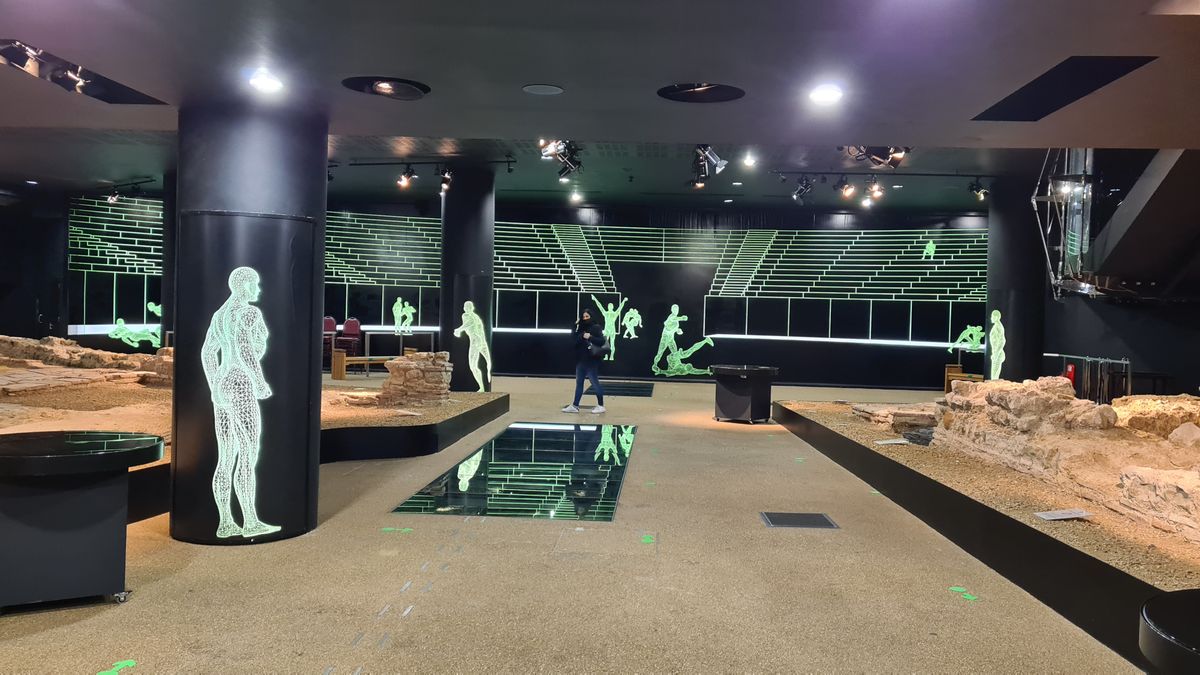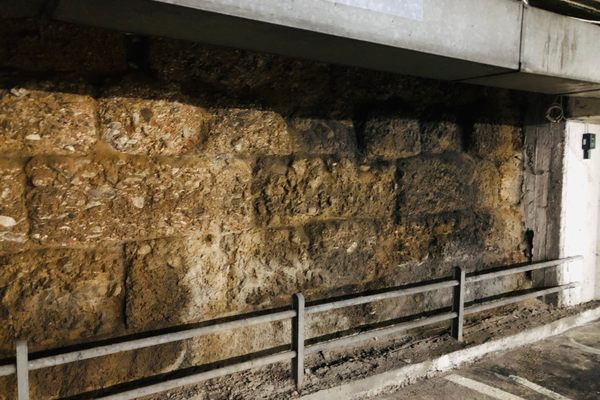About
People find all kinds of interesting things in their basement – antiques, memoirs, collectables. But don't try to swap stories with the proprietors of Guildhall Yard in London, because their story will put most to shame.
When the City of London began planning to construct an art gallery associated with the famous Guildhall building, it didn't take long to discover a massive area of 2000-year-old ruins lying just below Guildhall. The ruins were quickly identified as being from the Roman era – a large amphitheater. Previously unknown to modern archaeologists, the Roman amphitheater was once used for all manner of public entertainment, which at the time included fights and executions.
Guildhall is a well-known and centuries-old piece of government architecture, used throughout the years for events, banquets and formal ceremonies. Construction of the art gallery proceeded while care was taken to excavate and incorporate the newly found amphitheater into the final design.
Guildhall Yard, the large courtyard outside of the Guildhall building, serves as the "roof" of the amphitheater, which although excavated remains underground to maintain its remarkable degree of preservation. A wide circular design in the stone of Guildhall Yard marks the outline of the amphitheater below, ensuring that, for the moment, its location is not again forgotten.
Related Tags
Know Before You Go
The entrance to the Guildhall Art Gallery is off Guildhall Yard and Guildhall Buildings, to the right when facing the ornate doorway.
At the front desk in the shop, ask for directions to the amphitheatre, which is in the undercroft galleries. There's no fee for this part of the gallery.
The nearest stations are Bank, Moorgate and Mansion House. The gallery is fully accessible.
Community Contributors
Added By
Published
April 18, 2012











































